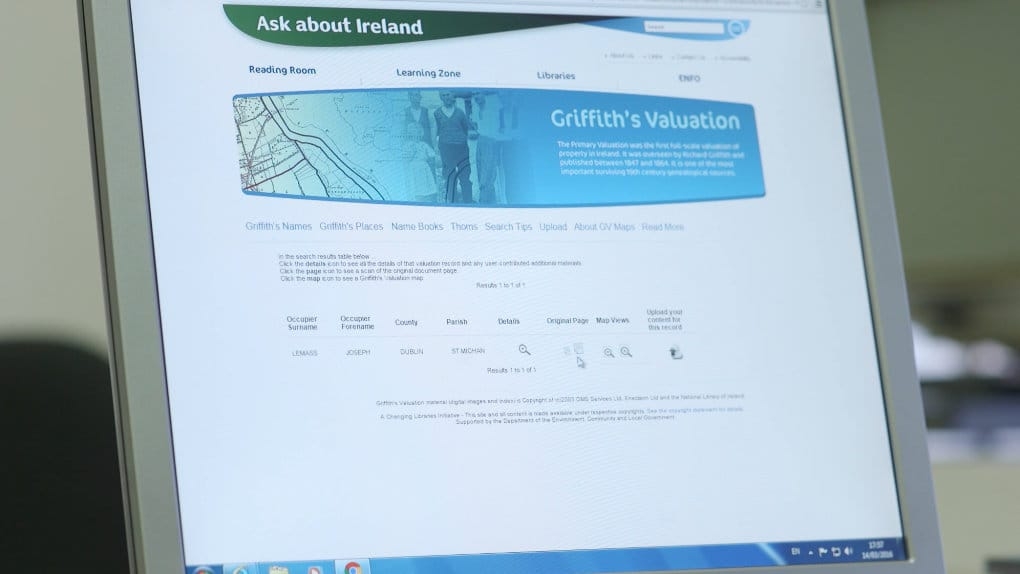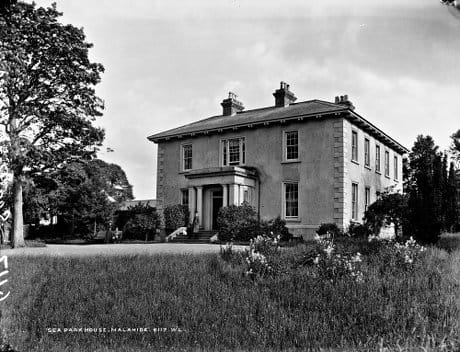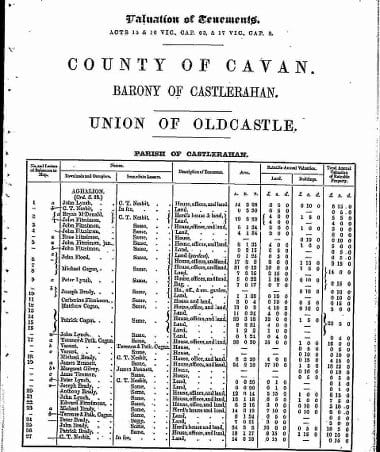
Property
If the 19th-century census returns had survived, no-one would give two hoots about property records. But as things stand, they are the only (near) comprehensive listings of who lived where in Ireland before civil registration began in 1864.
What are they?
They consist of two very different sets of records, the Tithe Applotment Books (1823 to 1838), and Griffith's Valuation (1847 to 1864); both designed for tax collection.
What was recorded and when
The Tithe Books are the result of an attempt to survey agricultural property parish by parish across Ireland in order to assess the tax ('tithe') payable on agricultural produce to local Church of Ireland clergy. Because the Church of Ireland was the state church, everyone was liable to pay the tithe, not just Church members. This caused much controversy, with many people refusing to pay. and leading to a 'Tithe War' in the late 1820s and 1830s, mainly in Munster and south Leinster.
Because they assess agricultural productivity, the Books are far from comprehensive, because they omit all urban areas. But a large majority of the population was rural, and the Books record the poorest, who bore the heaviest burden of tithes. And they are all we have.
Griffith's Valuation is much more comprehensive. It was an attempt to value all built and agricultural property in Ireland in order to levy a property tax. The process leading up to it included the standardisation of place-names in English, the detailed mapping of the Ordnance Survey and the establishment of a network of local valuations teams to carry out the survey.
The results were published between 1847 and 1864, with Munster counties published earliest and Ulster counties latest.

Researching the records online
The Tithe Books for the 26 counties of the Republic are free online at the National Archives of Ireland genealogy site. They are browsable by county and then, within county, by civil parish and townland. You can search by name, parish and county: remember, like the census search, no variants are permitted. The original spelling of many personal names and place-names could be very elastic, and there are plenty of mis-transcriptions as well. You will need to use plenty of wild-cards.
Griffith's Valuation for the entire island of Ireland is free online at www.askaboutireland.ie/griffith-valuation/. You can search by personal name or place-name. No variants are permitted in either case, no wild-cards are allowed and there is no 'Browse' access. In addition, the personal name search trawls through all the names in every record, covering landlords, sub-lettors and tenants indiscriminately. If you are searching for a common name, this can be very cumbersome.
To browse by place-name, you can click directly to the relevant record from the parish listing of places returned at www.johngrenham.com/places/.

